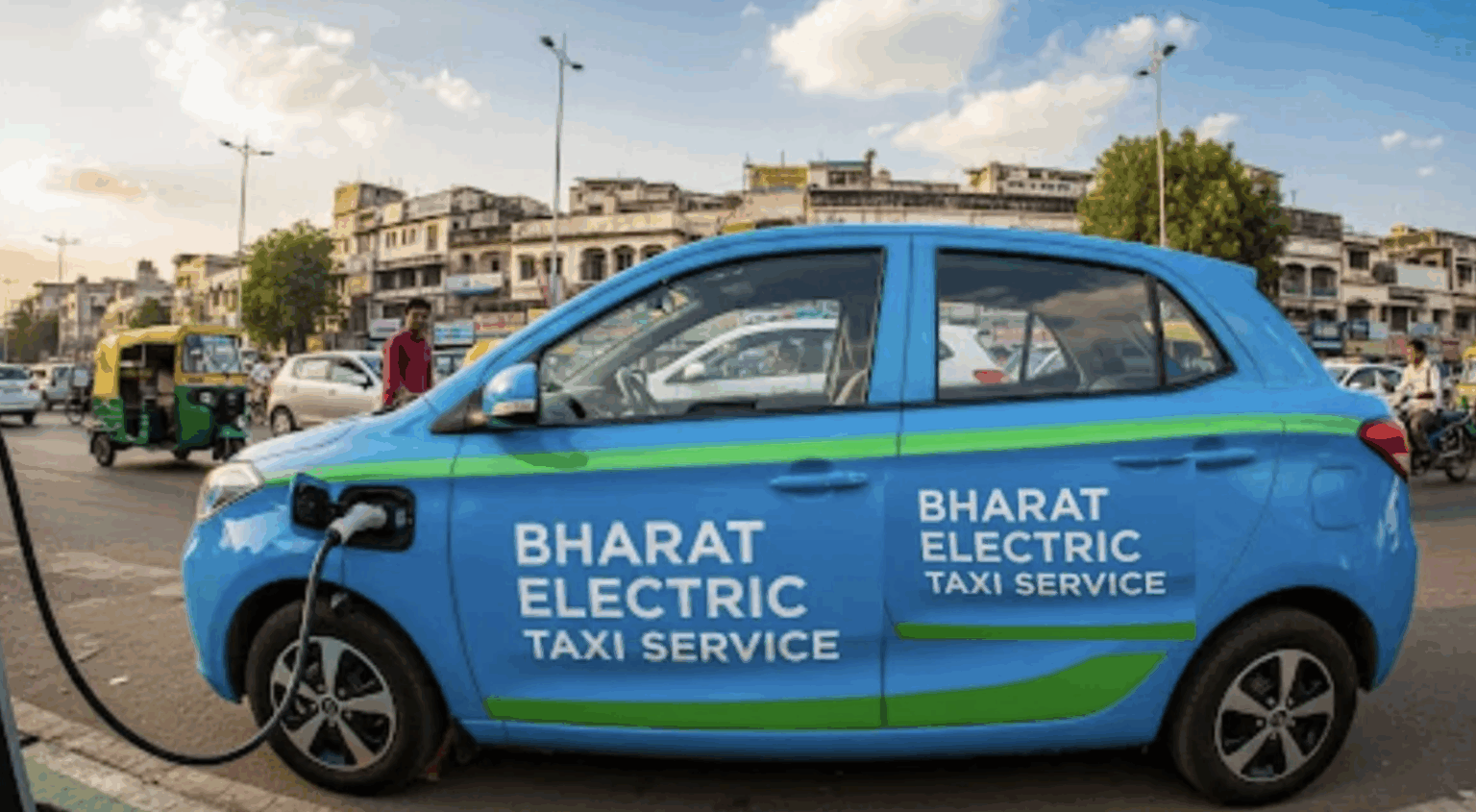Twitter or X users will be charged $1 or roughly Rs 83 per annum for basic features such as liking, reposting and quoting posts, for users in New Zealand and the Philippines.

In yet another move to shake things up amid falling revenue, the social media platform is experimenting with the new subscription tier.
It has named this initiative “Not a Bot”.
Currently X charges its users $8 a month under its “X Premium” subscription model which gives users a blue checkmark along with early access to some services, such as Edit Post.
The current model
In India, Twitter Blue costs ₹900 per month for both Android and iOS.
For web it is ₹650 per month.
There is also an annual subscription priced at ₹6,800 on web and ₹9,400 per year on mobile.
How it will work
The $1 fee will apply to new users who wish to actively interact with posts on the site.
However, thankfully simply reading posts on the timeline will remain free. For now.
Those choosing not to pay will still be able to read posts, watch videos, and follow other accounts, but not actively participate in discussions.
Ads still remain despite payment
Despite the payment, the platform will still not be ad-free.
It is looking to split its premium paid service into three membership tiers: Premium Basic – Full Ads, Premium Standard – Half Ads, Premium Plus – No Ads.
It is currently testing Basic, Standard, and Plus variations of the existing premium plan, which currently starts at $8 each month.
Countries it is active
The annual fee would vary from country to country, based on the exchange rate.
It will start with users in New Zealand and the Philippines.
What exactly is the bot issue?
The company said that once again, the intention with an unwelcome change is to “combat bots and spammers”.
Bots refers to automated accounts operated by computer programs.
They are dangerous because of their use to influence narrative on a wide variety of topics and issues.
They are also often behind promoting inflammatory content online such as political propaganda or hate speech.
U.S. Senator Michael Bennet had earlier sought information as to how Meta, X, TikTok and Google were trying to stop the spread of false and misleading content, in the context of the Israel-Hamas conflict.
The broader issue
“Deceptive content has ricocheted across social media sites since the conflict began, sometimes receiving millions of views.
In many cases, your platforms’ algorithms have amplified this content, contributing to a dangerous cycle of outrage, engagement, and redistribution,” Bennet said.
With the latest paid plan, tackling such elements is supposed to go a long way towards creating a more genuine and trustworthy online atmosphere.












